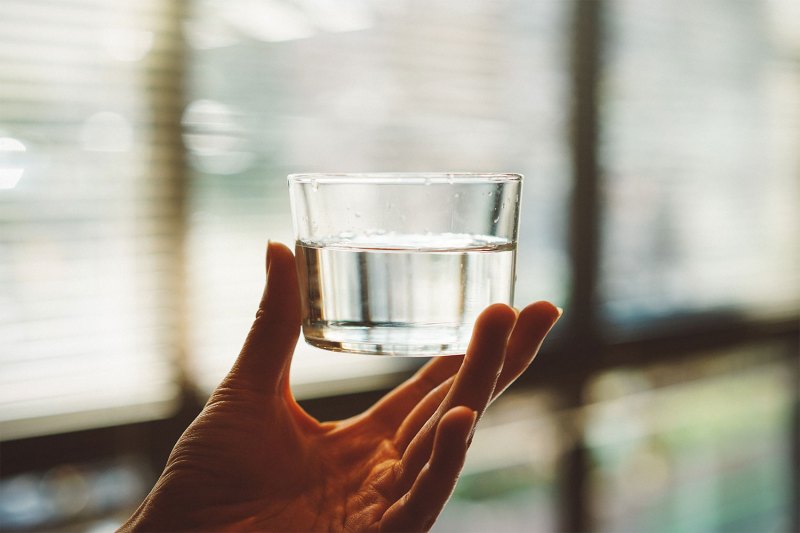Water is powerful, far-reaching stuff. In the drinks industry, it provides the base for everything we dabble in and enjoy, from ice to liquor and practically everything in between.
As a valuable resource, it’s not only worth protecting but diving into (figuratively, for now). Frankly, water is often not given the time of day. It’s simply there — an absolute necessity but rarely subjected to the same scrutiny and romance as the finished products, like wine and coffee.
But many see its distinctiveness upfront. It’s leading some to even throw words like “terroir” water’s way, looking at how it tastes and behaves differently depending on where it originates from. This is nothing new. Quality water is what draws certain brewers to certain places, certain restaurants to certain West Coast towns, and is the backdrop for an entire artisanal water movement.
So, before you scoff at the $15 bottle of small-batch alpine water, let’s look at some context. The idea that terroir applies to water is wholly fair, given that the subject focuses on how geology, climate, soil, and more affect flavor. Water is the vessel for a lot of that flavor and nuance, offering different texture, mineral makeup, and taste depending on whether it’s pulled from a well in the backwoods of China or a spring in the Canadian Rockies.

Measuring those qualities is another story. It’s a little easier in wine because you have more to work with and, hence, more opportunity for variation. A wine’s acid level, tannin content, or phenolic makeup might tend toward certain levels depending on where the vineyard resides. Water can do similar things but the differences are more obscure.
As Punch points out, things can vary based on the water’s total dissolved oxygen. On an even more basic level, where on earth it comes from can affect the chemistry and in turn flavor and tasting notes of the water you’re drinking. This handy article and diagram from the USGS breaks down artesian water and the various layers of earth it can be drawn from. With the water coming in contact with varying types of soils and rocks and coming to the surface via various types of pressure, both natural and unnatural, it’s no wonder what ends up in your cup can vary quite a bit.
Certainly, water can differ dramatically in terms of pH, mineral content, and brininess. Just like wine, it can present differently depending on whether it’s still or effervescent. Water’s hardness shifts, too, depending on the level of dissolved magnesium and calcium. All things considered, it’s not surprising that sommeliers will compile tasting notes for water now and again. Aspects of it are undoubtedly a tad absurd, but the terroir conversation is not. Water is very much of the earth and as such, offers unique personalities hinging on location and the environment of that location.
If nothing else, a flight of various waters at home is a great way to tune your palate. You’ll be surprised at how much the aromas and flavors vary. Most of us can detect differences as we travel, liking some tap water supplies while avoiding others. The next step is to see how things like source (lake, spring, glacier, well, and surrounding geology) and method (filtered, unfiltered, etc.) affect things. Shoot, if you’re feeling really intrepid, gauge your very own backyard terroir and capture some rainwater and see how it tastes and compares to water from elsewhere.


